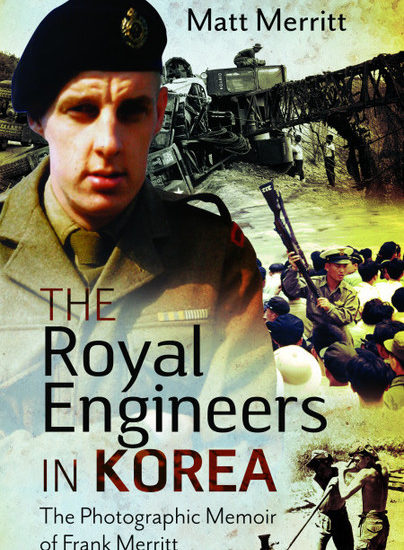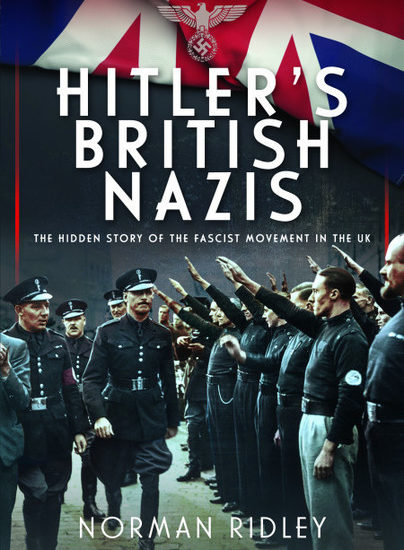One Hundred Years Ago – The Battle of the Hofbräuhaus, 4 November 1921. Part 1.
Guest post from author David Ian Hall.
This two-part blog post outlines the first action of the Sturmabteilung (Storm Division, SA) and its significance to Hitler’s increasing popularity and the rise of the National Socialist German Workers’ Party (NSDAP) in Munich.
Part I:
Magdalena Schweyer and several of her female neighbours on Thierschstraβe near the Isar River arrived at the Hofbräuhaus a little before 8 pm on Friday night, 4 November 1921. They were greeted by a group of strong young men all wearing the distinctive red armband with a white circle and black swastika in the centre that was the party insignia of the NSDAP and marked them out as members of the new Sturmabteilung. The SA-men smiled at the women and directed them up the grand staircase to the Festsaal where their neighbour Adolf Hitler was to speak. Hermann Esser, Hitler’s close friend and party comrade, recognised the women as soon as they entered the banquet hall, which was almost full. He directed them to a reserved table at the front. While walking to her seat Frau Schweyer observed that half the people in the hall were Communists and socialists (‘Reds’) and it was plain to her that there was going to be trouble. She was too excited to be frightened. There had been problems with the Reds at most of Hitler’s beer hall meetings in Munich, and she had attended all of them since she joined the party a year ago after seeing Hitler speak in the Leiberzimmer of the Sterneckerbräu on the Tal.
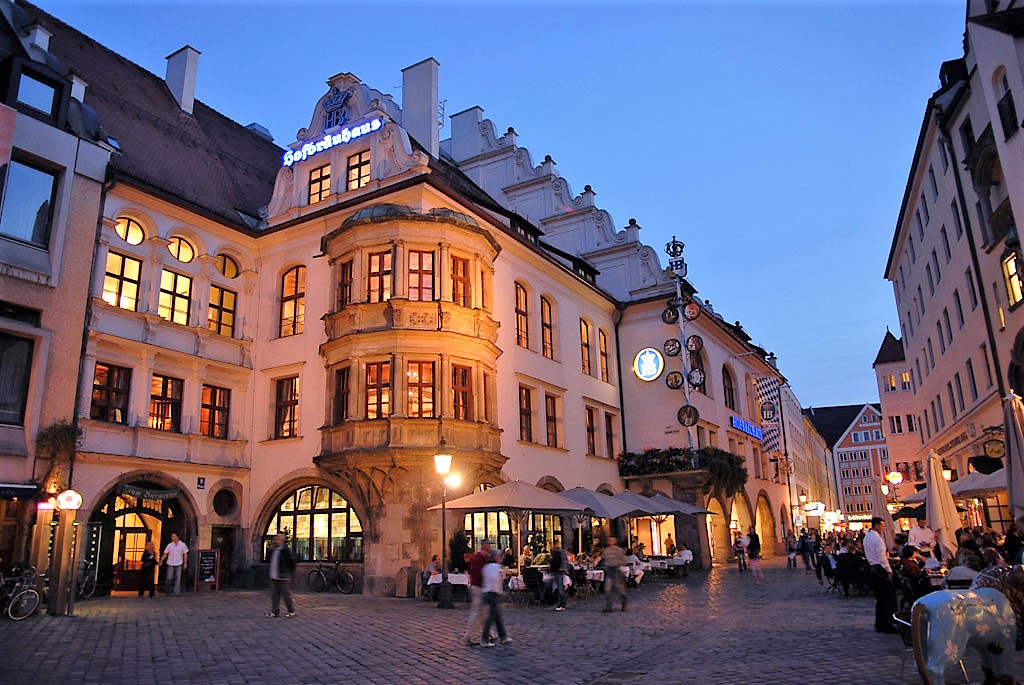
Hitler started his speech at 8 pm sharp. The audience of over 2,000 greeted him with a few angry shouts but overwhelmingly hearty cheers and rapturous applause. Hitler spoke for an hour without interruption. All appeared to be calm until someone shouted ‘Freiheit’ the Marxist battle cry. A large 1-litre beer stein flew over Hitler’s head followed by several more. The next instant Hitler’s small group of SA-men surged forward into the crowd of beer-mug-throwing-Reds. Frau Schweyer and her friends ducked down beneath their table as mayhem consumed the Festsaal. An almighty battle raged for some twenty minutes before order was restored. Hitler had remained at the speaker’s rostrum throughout. Frau Schweyer later recalled that it was a miracle how Hitler never got hit. ‘The murderous heavy mugs flew at his head all the time.’ Despite being enormously outnumbered the SA-men, bloodied, bruised, and their jackets torn half off their backs, had driven hundreds of Reds out of the beer hall.
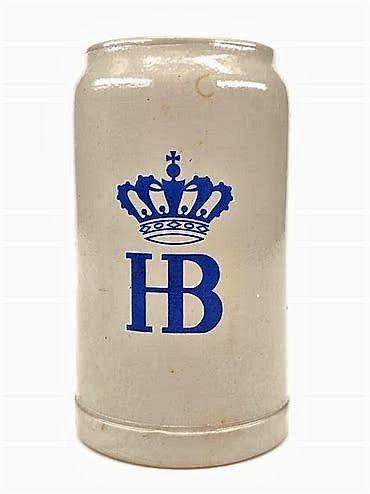
Once the fighting had ended Hermann Esser walked up beside Hitler and calmy announced the meeting would continue. Frau Schweyer always got quite excited when she retold the story. ‘That’s famous now. Everyone in Germany remembers the words: ‘Die Versammlung geht weiter’ (‘The Speaker will proceed’). There was also something like the light of battle flashing in her eyes every time she described the scene in the Festsaal afterwards, littered as it was with hundreds of smashed beer steins, overturned heavy oak tables, and piles of broken chairs. She praised the bravery of the 46 SA-men and expressed great joy in their victory. ‘This was the first time the Reds got roundly trounced and walloped’, she recalled. ‘Up to now they had had it all their own way. It was always them that did the smashing up and the storming of other people. They’d done enough in Munich!’ Frau Schweyer sensed that the Battle of the Hofbräuhaus was a turning point, and that it had inaugurated a new era of politics in Munich. It was, she claimed, ‘the real beginning of our Party as a force and power.’
The quotations are from an interview with Magdalena Schweyer. See H. A. H. Heinz, Germany’s Hitler, London: Hurst and Blackett, 1934, pp.136-138.
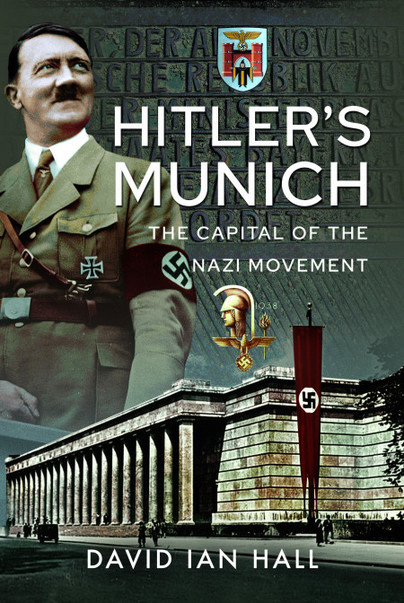
Hitler’s Munich is available to order here.
